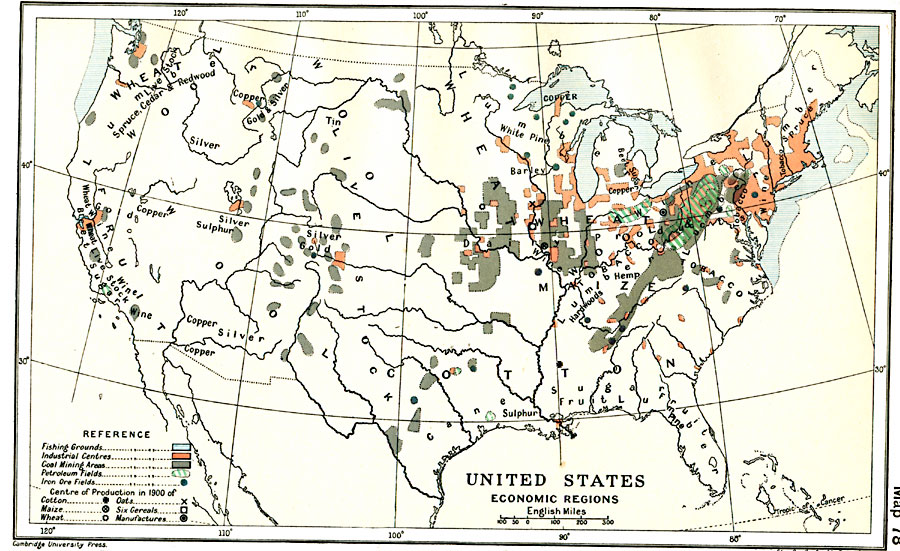Irrigation
Water is scarce in the Great Basin. Rainfall rarely comes, and when it does it often brings chaotic floods. Thus, unlike the fertile lands of the East, Westerners can't rely on rain for their crops. Thus, irrigation came into vogue, to the point that all people of the West, regardless of creed or ethnicity, are called 'Irrigators' by the Herdsmen and Northwesterners. With one exception, all major settlements are located on the snake-like rivers the crisscross the desert and provide water for irrigation.
Food:
Due to the usually hot and arid climate, most irrigation food is that which doesn't need much in the way of water. Vegetables are rare, and one primarily sees wheat and corn as the grains of choice. Beef, mutton, and chicken are the primary meats. Beans are ubiquitous. Peppers are common and popular, due to their ability to thrive in arid enviroments. Dates are the most popular fruit. Dairy is almost universally goat-based. Some regions will have more unique crops - for example, the Boise River Valley grows potatoes, while California is near-legendary for her vineyards and citrus fruits, to the point that Napa vintage can be found as far away as Asia. Popular dishes include tacos and burritoes, potato salad, and chili (although more associated with the Herdsmen, chili requires Irrigator peppers and chilis to succesfully make). Much of the cuisine is, in fact, similar to Herdsman cuisine. Most beverages are made from goat milk - water being too valuable.
And, of course, there is salt.
Clothing:
Wool and Cotton are the main textiles, and the single most universal piece of clothing is the wool poncho. A man's poncho is his most important possession, and will often be decorated with symbols representing his family. Women will wear a similar garment, the serape. The more ornate a poncho or serape, the more powerful the wearer likely is. Under these garments, a person will often wear a simple loincloth or skirt, breeches being too restrictive in the hot sun. Sandals serve as footwear, and only the most destitute beggars won't wear makeup to protect their eyes. Men will wear a wide-brim straw hat, while women will wear a simple veil.
Housing:
Houses are built from mudbrick, mixed with straw to strengthen it. Such houses prove to be durable in the arid climes, and keep the bright sun out. Only the wealthy build houses out of stone, and they build them for ostentatious reasons. Only in California is wood-based housing common, and even then they leave the Sacred Redwoods alone.
Trade:
Salt. The entire trade economy of the Southwest runs on salt. It is the most valuable commodity on the continent, and most of it comes from Deseret and New Mexico. The great salt mines produce that which is more valuable than gold to send it to the somewhat salt-deprived Feudal Core in the east.
Society:
The scarcity of water means that Irrigation politics is much more simple than others. In contrast to the heavily structured and layered nature of the East's feudalism, Westerm society has only two real groups - those who have, and those who have not. It is this nature that allows the Hydraulic Empires to exist. The main dividing lines are those of religion - the Mormons of Deseret, the New Agers of New Mexico, the Scientologists of the Californias, the Nevadan Heretics. Religion determines the differences amongst the empires - Mormonism, for example, does not endorse using eunuchs (officially), while New Agers believe women have innate healing properties and teach their womenfolk herbology. However, from the Tabernacle in Salt Lake City to Roswell, where the World of Man and the World of Elsewhere meet, to the Heretics' infamous City of Sin, one rule remains constant: He who rules the water, rules the people.
